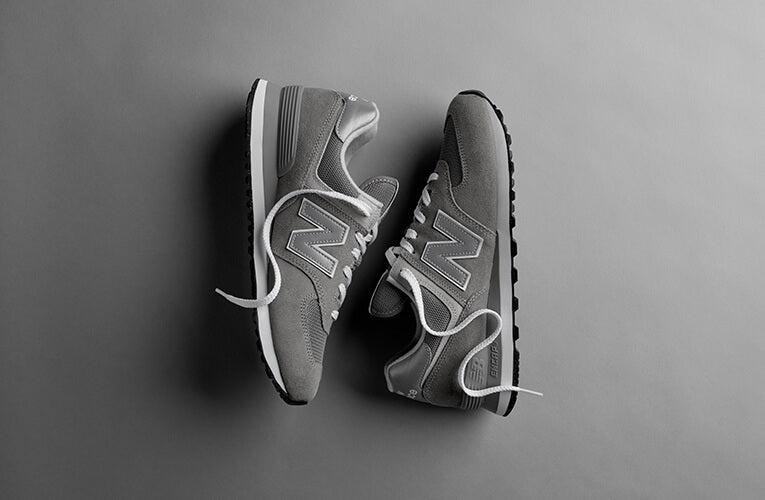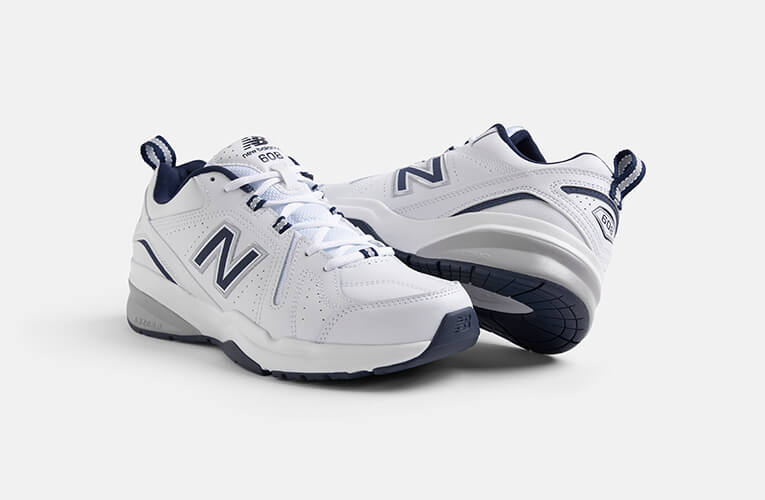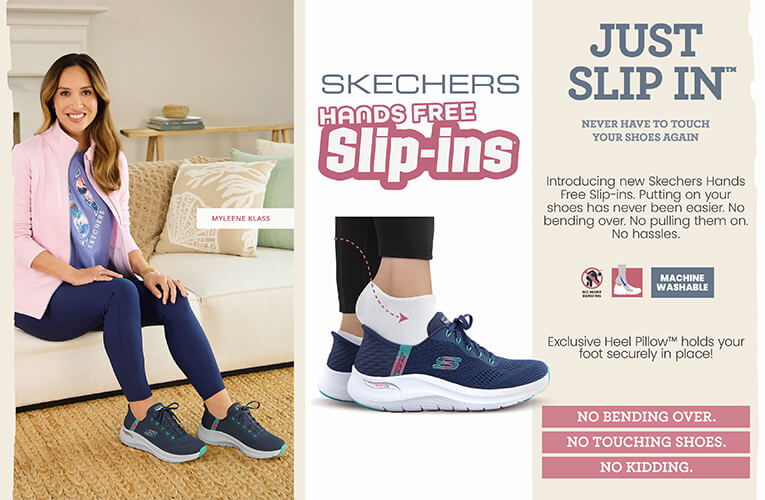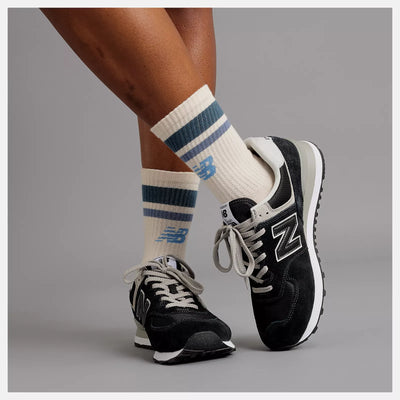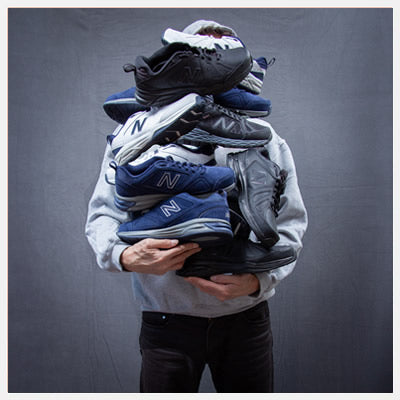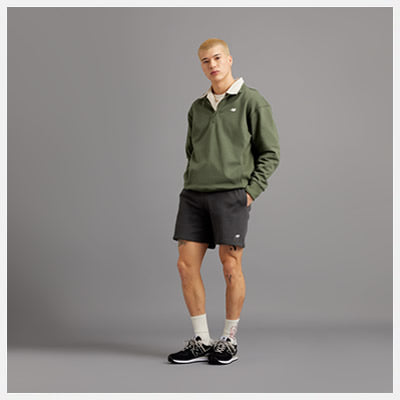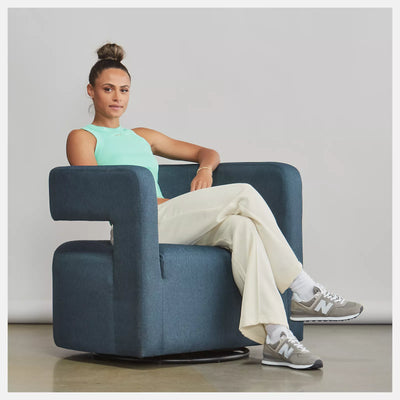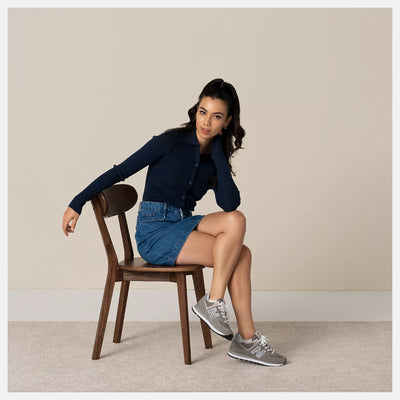The importance of getting your shoe size right…Do’s and Don’ts
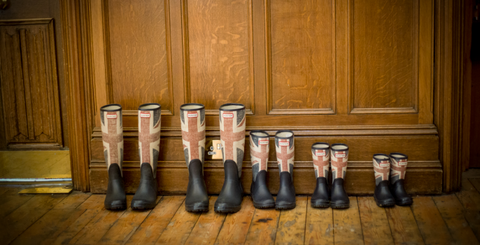
One of the most common causes of “problematic” feet are ill-fitting shoes. Often, we find ourselves tolerating shoes that maybe a size too big or just a little tight because we like the look of the shoes. In fact, in a U.K. survey, more than a third of men and nearly half of women admitted buying shoes that didn’t fit right. Unfortunately, although they maybe aesthetically pleasing to the eye, they are dire for our feet leading to problems like bunions, corns, hammertoes, stress fractures, plantar fasciitis and others.
The key is to get your shoe size measured by a trained professional and purchase shoes that are wide enough to ensure that your feet are comfortable and have adequate breathing space.
The Wide Fit Shoes team has compiled a list of Do’s and Don’ts when getting your shoe size measured (mainly Do’s).
1. DO get your feet measured regularly (every year if possible). Believe it or not, your feet do change in size.
2. DO measure both feet. It is rare that both your feet will have the same measurements. One foot is always slightly bigger than the other.
3. DO try shoes on later in the day. Our feet swell as the day wears on. This will ensure that your footwear fits correctly.
4. DO buy shoes to fit the larger foot. You can always add insoles or make adjustments for the smaller foot.
5. DON’T buy shoes that feel too tight with the hope that they will “loosen up”; they don’t. Your shoes should be snug and binding but not so tight that it hurts. There should be 3/8” to ½” of space between your longest toe and the end of the shoe (approximately a thumb’s width).
6. DO make sure that when trying on shoes the ball of your foot fits nicely into the widest part of the shoe.
7. DO make sure that your heel fits comfortably in the shoe with a minimum amount of slipping – the shoes should not ride up and down on your heel when you walk. This will cause all sorts of muscular issues like knee and ankle problems, sore calves and even lower back pain as your foot is not getting adequate support.
8. DO try on every pair before you buy them. Different brands of shoes fit differently. Just because you have been measured as a size 5 for example, doesn’t mean a size 5 will be the right fit for every brand or type of shoe.
9. If you are shopping for shoes online, DO get a size above and below your normal size and try on all three before making a decision. Walk around the house, both on carpet and hard floor to test comfort levels.
10. If you wear orthotics, DO take them with you when trying on shoes. You will most likely need a larger size than usual to make space for the orthotics.
Although, there are ways to measure your feet at home, we DON’T recommend it. A trained foot professional knows exactly what parameters need to be measured, i.e. length, width, heel to ball measurement and arch length and will have the correct equipment – the Brannock Foot Measuring Device – to ensure the perfect fit.
We often don’t realise that impact that ill-fitting shoes have on our feet and the rest of our body. It’s therefore imperative to get your feet measured regularly by a trained shoe expert and get shoes that fit well.


